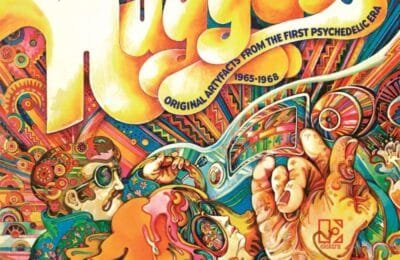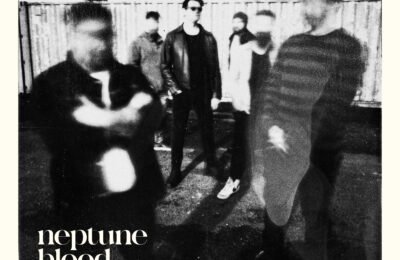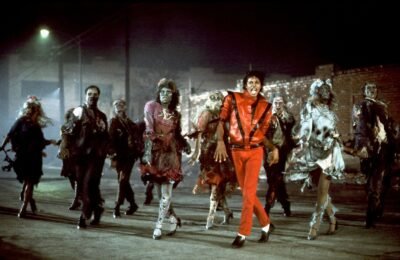By the way… which one is Pink ?
In the early 1960s, rock ‘n’ roll, a brand-new genre that had been gaining momentum for only a few years, was inspiring a generation of young musicians. Bands were forming, disbanding, and reforming constantly, as members shifted between groups in a whirlwind of creative experimentation. Cambridge, a bourgeois English town, was no exception to this musical revolution.
The Early Years
Roger Keith Barrett, later known as Syd, was born on January 6, 1946, into a relatively affluent family led by a doctor. His father quickly noticed Syd’s aptitude for music and encouraged him, often finding him imitating melodies on the piano. At school, Syd was artistic, a little unruly, and always eager to stand out.
At Cambridge High School in 1957, Syd discovered the blues through conversations with peers. His girlfriend gave him the nickname “Syd.” He frequently hosted gatherings at his family home, where friends exchanged the latest records and explored artists like Bo Diddley, The Shadows, Buddy Holly, Muddy Waters, and Howlin’ Wolf.
In 1961, Syd’s father bought him his first guitar. Immersed in the blues, Syd formed his first band, Hollerin’ Blues, with friends Clive Welham and John Gordon. Occasionally, a shy David Gilmour joined them before leaving for another school. Tragically, the death of Syd’s father from cancer in December 1961 deeply affected him, leading him to wear black and embrace a mysterious persona.
Syd experimented with several short-lived groups before forming Those Without, a chaotic rhythm-and-blues band. However, like most bands of the era, members frequently left for other projects, leading to a reshuffling that brought Syd back to Hollerin’ Blues. By then, Gilmour had joined another band, and Syd was beginning to leave his mark with his unique artistic flair.
Roger Waters, born on September 6, 1943, was raised under a strict, disciplined upbringing. His mother, still grieving the death of her husband in World War II, envisioned a military future for her son. Roger, however, was drawn to rock ‘n’ roll, dreaming of a life far removed from his regimented upbringing.
Despite excelling in school, Waters abandoned the path of an officer and moved to London after high school. Against his mother’s wishes, he enrolled at the Regent Street Polytechnic School to study architecture and spent his first scholarship on a bass guitar. “It’s less glamorous than the guitar,” Waters admitted, “but there’s no more strategic role than the bassist when you know how to use it.”
In London, Waters moved in with fellow architecture students Nick Mason and Rick Wright, who shared his passion for music. Together, they formed Sigma 6, initially focusing on jazz. Over time, Waters infused the group with a rock ‘n’ roll spirit. Though their lineup changed frequently, the trio of Waters, Mason, and Wright remained constant.
The Birth of Pink Floyd
Sigma 6 underwent several transformations, adopting names like The Meggadeaths, Leonard’s Lodgers (a nod to their landlord), and The Screaming Abdabs. In 1964, Syd Barrett moved to London and joined the group. He quickly formed a bond with Nick and Rick, and his playful creativity began shaping the band’s identity. Syd also introduced blues guitarist Bob Klose to the group, pushing their sound further toward blues.
However, Klose’s professionalism clashed with the group’s more freewheeling approach, leading him to leave the band. It was Syd who renamed the group, drawing inspiration from two obscure Georgia bluesmen: Pinkney “Pink” Anderson and Floyd “Dipper Boy” Council. Thus, The Pink Floyd Blues Band was born, setting the stage for a musical journey that would redefine rock history.
From Cambridge’s intimate music circles to London’s burgeoning rock scene, the union of Barrett’s artistic vision and Waters’ ambition, along with Mason and Wright’s instrumental talent, laid the foundation for Pink Floyd. Their early blues influences would soon give way to the groundbreaking psychedelic and progressive rock sound that would make them one of the most iconic bands of all time.










